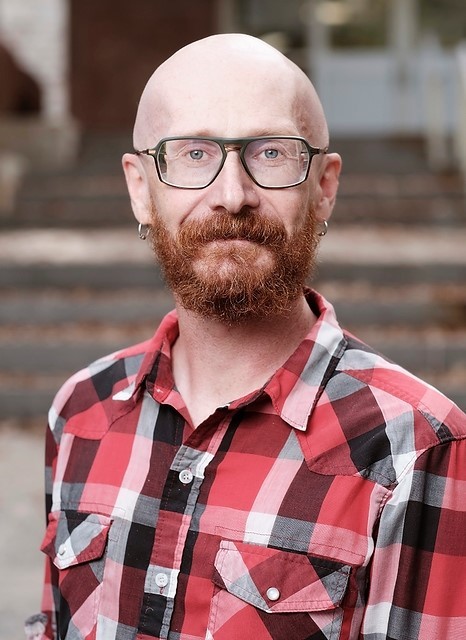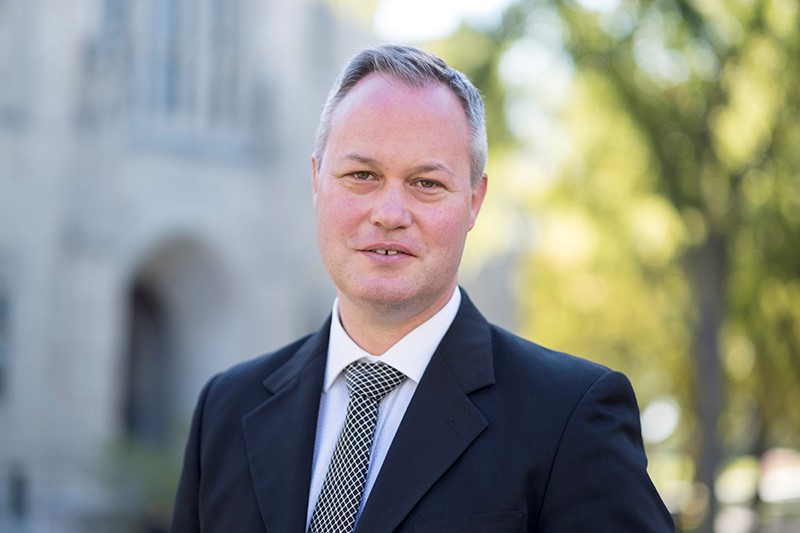
New USask Certificate in Urban Design offers deeper understanding of built environments
More than half of the courses will be taught in a studio format, which supports applied experiential, conceptual and skills-based training through making
By Shannon Boklaschuk
How can cities, neighbourhoods, and public and private institutions be built in ways that are sustainable, user-centred and aesthetically pleasing?
And how can design principles be used by today’s students and professionals to create a better world for tomorrow?
Those are some of the fascinating topics that will be explored in a new University of Saskatchewan (USask) certificate program that will draw on diverse subject areas—with a focus on the visual arts and urban planning—to provide students with a deeper understanding of built environments.

“This is a highly engaged certificate. It’s mostly studio-based courses, so students are really going to get an active, community-engaged learning experience. I think it will be a super fun certificate,” said Dr. Jon Bath (PhD), a faculty member in the Department of Art and Art History in USask’s College of Arts and Science.
The new Certificate in Urban Design, which was officially approved as a new program in the college in May 2021, was co-developed by Dr. Ryan Walker (PhD), a faculty member in the Department of Geography and Planning, along with Bath and colleagues from their respective departments.
The certificate will provide students with an expanded perception of the relationships between design-thinking, visual arts, the built environment, and the social and spatial conditions that drive the production of urban space. Registration is available to students who are enrolled in any USask degree program. The certificate may also be completed on a stand-alone basis.
More than half of the courses will be taught in a studio format, which supports applied experiential, conceptual and skills-based training through making. The subject matter in the classes will address urbanism, public art, place-making and related topics. The capstone course, and others, will focus on community-engaged collaborative design.
Urban design is an increasingly relevant and important area of study as Canada’s population continues to shift away from rural locations to more densely populated urban areas, noted Walker, whose expertise is in urban planning. The new certificate was also created to help meet student demand stemming from an interdisciplinary studies course that was already being offered in the college, INTS 111: Design and Society. The INTS 111 course was co-developed by Bath along with Walker and colleagues in the Department of Art and Art History, the Department of Computer Science and USask’s College of Engineering.
“It’s been quite successful. From the moment we’ve offered it, it’s basically been full,” said Bath.
“When students take that class, they’re always like, ‘What can I take next?’ ”
Recognizing the interest in INTS 111 from students from a variety of academic backgrounds, the Certificate in Urban Design was created in the College of Arts and Science to offer further instruction and advanced knowledge on related topics. INTS 111 is now a required course to complete the certificate program, as is another popular course called PLAN 446: Advanced Urban Design Studio.
In PLAN 446, the evolution of urban design is considered through detailed analysis of urban form, streetscapes, open spaces and architecture. Students participate in hands-on, community-engaged projects through their coursework. Previous PLAN 446 students, for example, have created designs for space located in the north part of Prince Albert’s Central Avenue, presenting their plans to civic officials, citizens and other stakeholders at the end of the class.

Another impetus for creating the Certificate in Urban Design was to utilize the expertise in regional and urban planning (RUP) available in the Department of Geography and Planning, which previously offered a popular design stream. Walker noted that RUP students with an interest in design have historically taken many art and art history classes, so it was natural for the Department of Geography and Planning and the Department of Art and Art History to continue to work together on the certificate.
“There was this strong connection between our two departments that way,” he said.
In addition to students from a variety of academic backgrounds, Walker said the certificate will be of interest to professionals working in government or in consulting roles or to people who are interested in architecture.
“The certificate is a way for people who are working to upskill, if they’re already working as a planner or if they’re interested in going in that direction,” he said.
The new Certificate in Urban Design is one of more than 30 diverse certificate programs currently offered in the College of Arts and Science, ranging from water science and computing to politics and law, criminology and addictions, global studies and much more. Visit the certificates webpage for more information.


